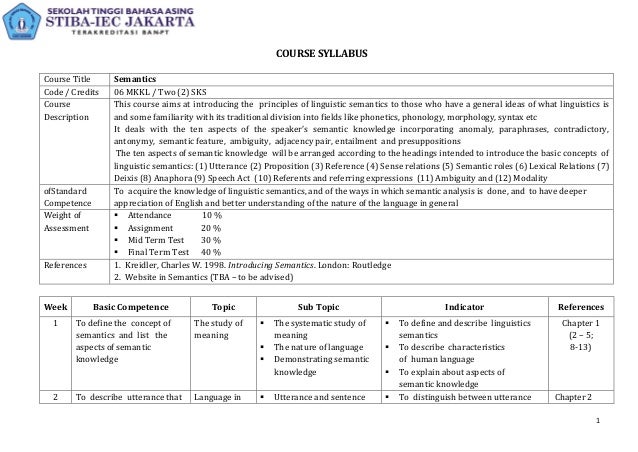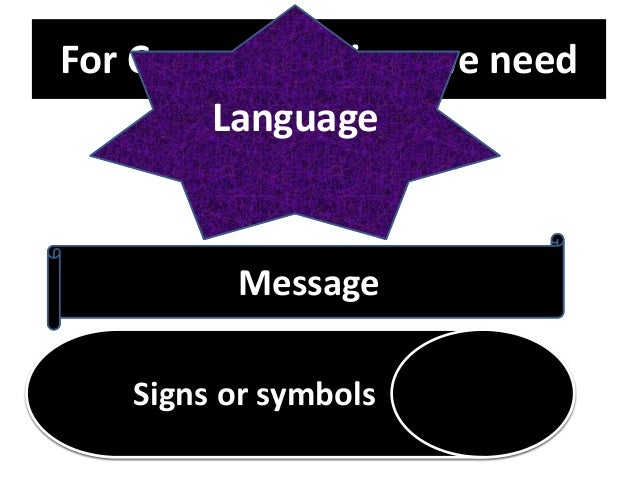


Semantics Linguistics Related People Series Of Spirals
Wants everything just so.”This sentence lays emphasis on the implication that, unlike Hedda, other women are not real. Example #4: Hedda Gabler (By Henrik Ibsen)We can understand the use of semantics in the beginning of Hedda Gabler, in which Bertha mentions Hedda, saying:“She’s real lady. However, we are using coils in different connection today, which means a series of spirals tightly joined together. Hamlet says:“When we have shuffled off this mortal coil …”Here, “mortal coil” carries a connotative meaning that suggests life, as Hamlet compares death to sleep. Example #3: Hamlet (By William Shakespeare)In the famous soliloquy of Prince Hamlet, “To be or not to be,” William Shakespeare has used a word that we use quite differently these days.
The poet employs a simile to compare the beauty of the moon with a flower,Then he uses a covert comparison between unlike things:Here, the phrase “tears of gold” illustrates the value of tears. For example, in William Blake’s poem Night, he uses all semantic features. These features include personification, simile, imagery, metaphor, and allusion. Example #5: Night (By William Blake)We can find use of semantic features in poetry more elaborately, as these features describe the meanings of sentences, phrases, and words, and make relations between them. Her word choice, “never dreamed,” shows her intensity of surprising emotions about class inequality. In another dialogue, she says:“But, Lord! I never dreamed I’d live to see a match between her and master George.”Here, an exclamation mark highlights Bertha’s feelings of curiosity and astonishment.


 0 kommentar(er)
0 kommentar(er)
